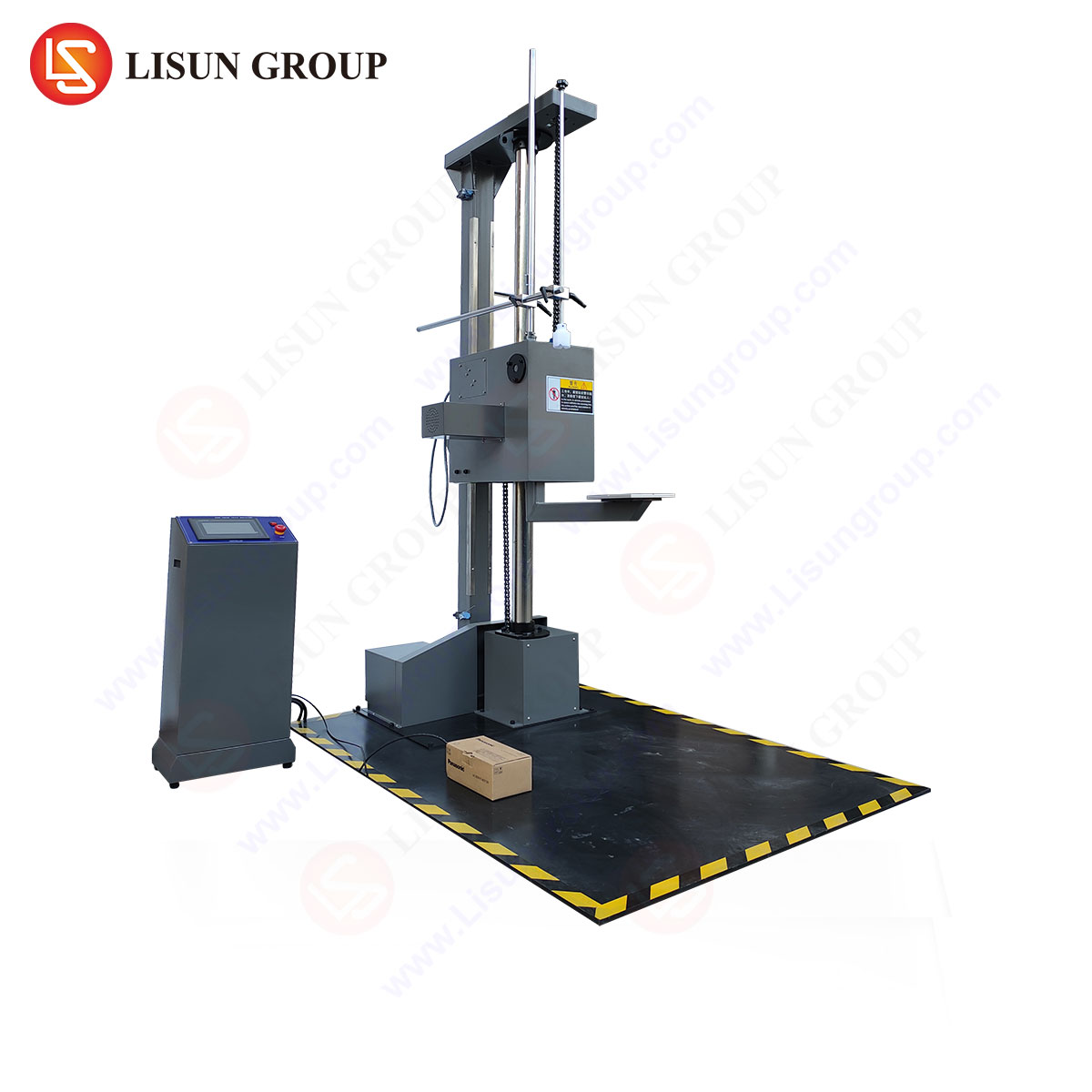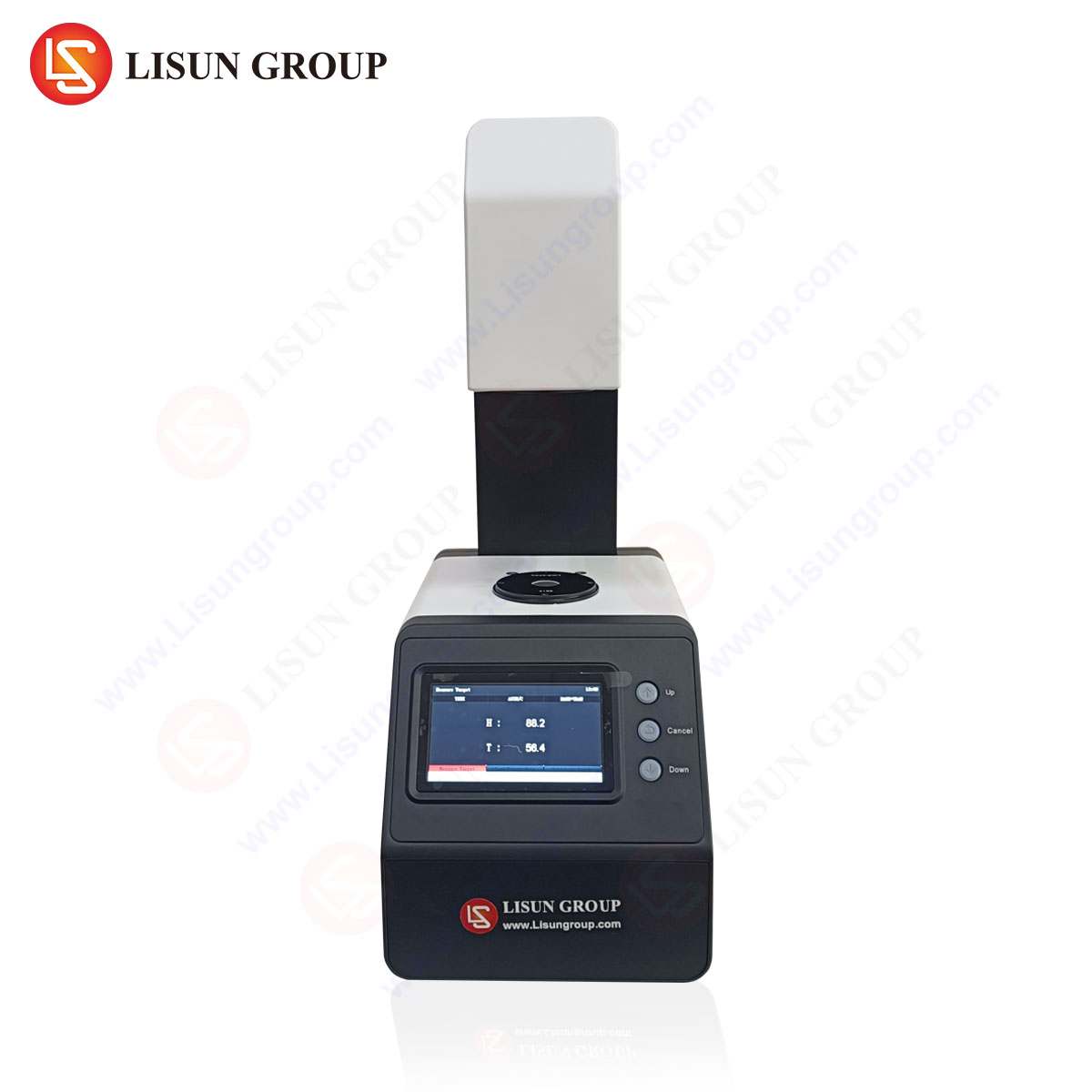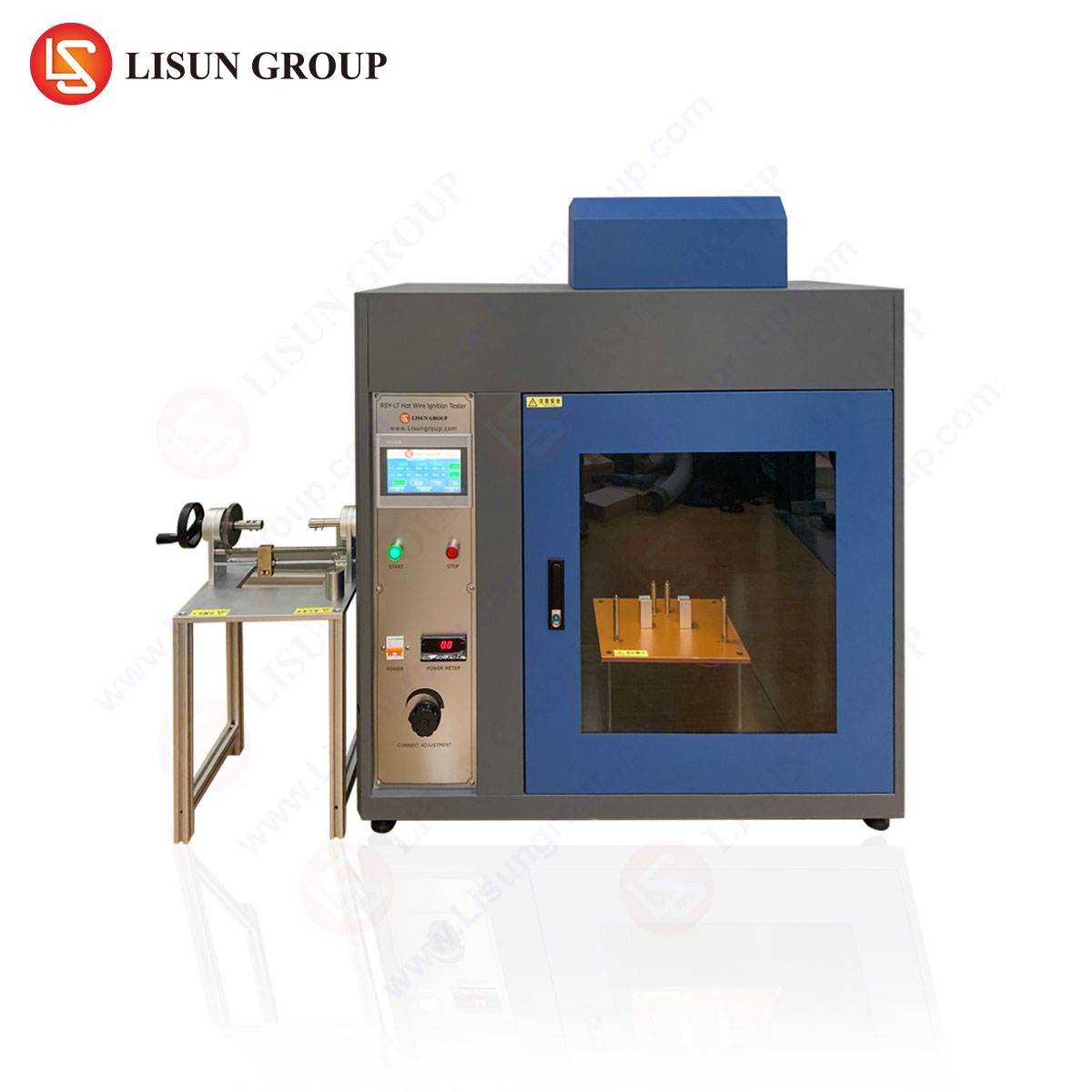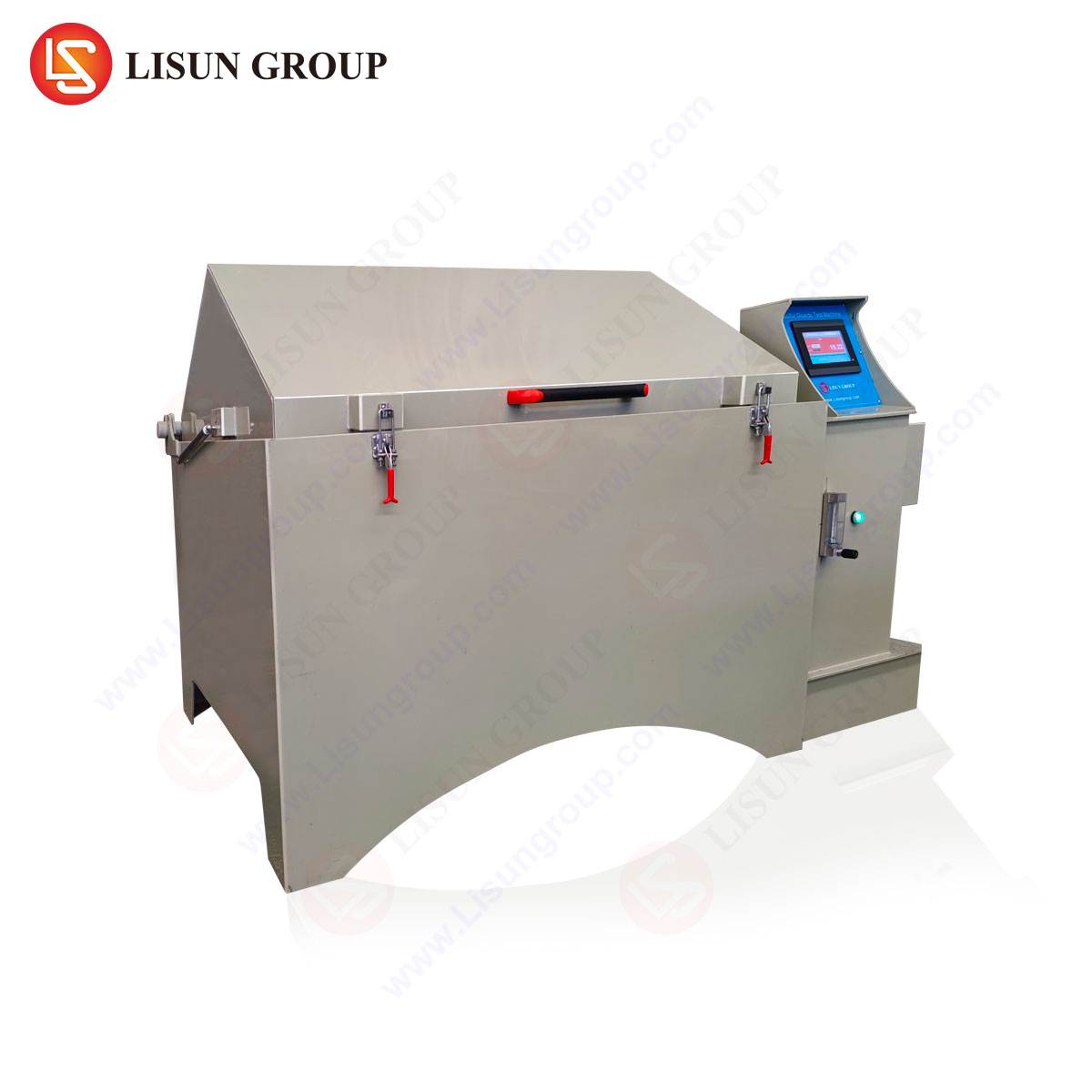Comprehensive Guide to AS/NZS 60947.1: Foundational Requirements for Low-Voltage Switchgear and Controlgear
Introduction to the AS/NZS 60947 Series and Its Regulatory Framework
The AS/NZS 60947 series of standards constitutes the principal regulatory framework governing low-voltage switchgear and controlgear assemblies within Australia and New Zealand. Derived from the international IEC 60947 series, these standards are harmonized to address specific regional safety, environmental, and operational requirements. The overarching objective of this standards family is to stipulate the conditions for the design, verification, testing, and certification of devices that make, break, or carry electrical currents under normal and specified abnormal circuit conditions. AS/NZS 60947.1, titled “Low-voltage switchgear and controlgear – Part 1: General rules,” serves as the foundational document, establishing the universal principles and requirements that are common to all subsequent product-specific parts. Compliance with this standard is not merely a technical formality; it is a mandatory prerequisite for market access, ensuring that electrical components integrated into critical infrastructure operate with predictable reliability and inherent safety. The standard’s purview extends to equipment with a rated voltage not exceeding 1,000 V AC or 1,500 V DC, covering a vast spectrum of applications from industrial motor control centers to the distribution boards in commercial buildings.
Fundamental Principles of Construction and Operational Characteristics
AS/NZS 60947.1 delineates a comprehensive set of constructional requirements aimed at ensuring the intrinsic safety and durability of equipment. These principles govern every aspect of the device’s physical and electrical design. Key among these is the provision for adequate clearance and creepage distances, which are critical for preventing unintended flashover and tracking across insulating surfaces, especially in humid or polluted environments common in coastal regions of Australasia. The standard mandates robust mechanical and electrical endurance, specifying minimum numbers of operating cycles for mechanisms and contacts without failure. Materials selection is also rigorously addressed; insulating materials must possess appropriate Comparative Tracking Index (CTI) values to resist the formation of conductive paths, and metallic parts must be resistant to corrosion, a factor of particular importance given the varied climatic conditions across the continent. Furthermore, the standard requires that all equipment be designed to prevent incorrect operation, incorporating features such as secure mechanical interlocks, clear and durable markings, and terminals designed to prevent the loosening of conductors under the stress of thermal cycling and electromagnetic forces.
Classification and Verification of Rated Operational Performance
A core function of AS/NZS 60947.1 is to establish a uniform system for classifying and verifying the operational performance of switchgear. This involves defining a comprehensive set of rated values that collectively describe the operational envelope of a device. These include, but are not limited to, rated operational voltage (Ue), rated operational current (Ie), rated insulation voltage (Ui), and the critical rated short-circuit making and breaking capacities. The standard provides meticulous procedures for type tests and routine tests to verify that a device can reliably perform within these declared ratings. For instance, temperature-rise tests are conducted to ensure that under continuous full-load conditions, the temperature of conductive parts and insulating materials does not exceed limits that would compromise safety or service life. Dielectric properties are verified through impulse voltage tests and power-frequency withstand voltage tests, which simulate transient overvoltages and steady-state overvoltage conditions, respectively. This systematic approach to rating and verification provides engineers and system designers with a reliable basis for component selection, ensuring interoperability and system integrity.
The Critical Role of Arc Fault Testing and Performance Validation
Among the most demanding type tests specified within the AS/NZS 60947 series, particularly in parts like 60947-2 for circuit-breakers, are those related to arc fault performance. An internal arc fault is a high-energy electrical discharge within an enclosure, resulting from insulation failure or other faults, which can generate extreme temperatures, intense pressure waves, and molten metal ejecta. The standard prescribes rigorous tests to verify that an assembly can contain the effects of a specified internal arc, thereby protecting personnel and adjacent equipment. The performance criteria are severe and multifaceted. The assembly must not permit the ejection of burning parts or the ignition of indicator paper placed around it. Door and cover panels must remain secured, and all grounding connections must remain intact. After the test, the assembly is inspected for damage, and it must still be able to perform its basic isolating function. Validating a product’s resilience to these catastrophic events is paramount for equipment destined for high-availability or high-risk environments, such as data centers, hospitals, and heavy industrial plants.
HCAI-2 High Current Arc Ignition Test System: Principles and Methodological Application
To conduct the type tests required for arc fault validation under AS/NZS 60947, specialized and highly precise test apparatus is indispensable. The LISUN HCAI-2 High Current Arc Ignition Test System is engineered specifically to meet the stringent demands of standards such as IEC/EN 60947-1 and its regional counterparts, including AS/NZS 60947.1. The system operates on the principle of generating a controlled, high-current electrical arc under laboratory conditions to simulate a real-world internal fault. Its core function is to assess the arc ignition properties and the resistance of insulating materials and equipment enclosures to the thermal and mechanical stresses of an arc event.
The HCAI-2 system is characterized by its sophisticated specifications, which enable accurate and repeatable testing. It typically features a high-current power supply capable of delivering precisely controlled currents from a few amperes up to several kiloamperes, depending on the test configuration. The system includes programmable logic controllers for automating test sequences, such as the duration of the arc, the number of ignitions, and the monitoring of key parameters like arc voltage and current. High-speed data acquisition systems record the transient events, providing critical data for post-test analysis. The test probes and electrodes are designed to be adjustable, allowing for the precise positioning mandated by the standard to ensure consistent application of the arc across different sample geometries.
Industry-Specific Applications and Material Performance Analysis
The application of the HCAI-2 system extends across a multitude of industries where electrical safety and component reliability are non-negotiable. In the Automotive Electronics and Aerospace and Aviation Components sectors, the system is used to validate the arc resistance of connectors, wiring harnesses, and power distribution units, where failure could lead to catastrophic system loss. For Household Appliances and Consumer Electronics, testing ensures that internal faults in power supplies or motor controllers do not lead to fire hazards or enclosure breach. Within Industrial Control Systems, the HCAI-2 verifies the integrity of motor starters, contactors, and programmable logic controller (PLC) enclosures. Telecommunications Equipment and Data Center power distribution units are tested to ensure that arc faults in DC power systems are contained. The system is also critical for evaluating the performance of insulating materials used in Cable and Wiring Systems, Electrical Components like switches and sockets, and the housings of Lighting Fixtures and Medical Devices. By subjecting materials and assemblies to these extreme conditions, manufacturers can quantitatively analyze performance, identify failure modes, and engineer more robust and safer products.
Competitive Advantages of the HCAI-2 System in Standards Compliance
The LISUN HCAI-2 system offers several distinct advantages that position it as a critical tool for compliance laboratories and R&D departments. Its primary advantage lies in its precision and programmability, which ensures strict adherence to the complex and often nuanced test protocols outlined in AS/NZS 60947.1. The system’s high-speed data acquisition provides a granular view of the arc event, enabling engineers to understand not just the binary pass/fail outcome, but the dynamics of the failure itself. This data is invaluable for iterative product improvement. Furthermore, the system’s robust construction and safety interlocks protect both the operator and the equipment, a necessary consideration when dealing with high-energy arc faults. The flexibility to test a wide range of currents and configurations makes the HCAI-2 a versatile asset for companies operating in multiple sectors, from automotive to aerospace, allowing them to validate a diverse product portfolio against a common, rigorous standard.
Integrating Test Data into Product Certification and Quality Assurance
The data generated by the HCAI-2 system is not an endpoint; it is a critical input into the formal product certification process. Accredited testing laboratories use such systems to generate the test reports required by certification bodies to grant a Certificate of Suitability, demonstrating compliance with AS/NZS 60947.1. Beyond initial certification, the HCAI-2 plays a vital role in ongoing quality assurance. Manufacturing Process Validation (MPV) and routine surveillance testing can utilize this equipment to audit production samples, ensuring that no manufacturing drift or material substitution compromises the certified arc fault performance. This closed-loop process, from R&D validation to type testing and ongoing production surveillance, establishes a comprehensive framework for product safety and reliability, underpinned by empirical, high-fidelity test data.
Conclusion: The Imperative of Rigorous Testing in Modern Electrical Safety
The AS/NZS 60947.1 standard provides the essential technical bedrock for the safety and performance of low-voltage electrical infrastructure. Its requirements, particularly those concerning the containment of internal arc faults, represent a critical line of defense against electrical hazards. The deployment of advanced, reliable test apparatus like the LISUN HCAI-2 High Current Arc Ignition Test System is therefore not merely a matter of regulatory compliance, but a fundamental engineering practice. It enables manufacturers to transcend theoretical design and empirically validate the real-world performance and safety of their products. As electrical systems become more integrated and power-dense across all industries, from consumer electronics to aerospace, the role of such precise and demanding testing will only grow in importance, ensuring that the components at the heart of modern technology are both safe and dependable.
Frequently Asked Questions (FAQ)
Q1: What is the primary purpose of high-current arc ignition testing as per AS/NZS 60947.1?
The primary purpose is to verify that an electrical enclosure or assembly can safely contain the effects of an internal electrical arc fault. This includes preventing the ejection of flames or hot materials, ensuring doors and covers remain closed, and maintaining the integrity of earthing connections, thereby protecting personnel and adjacent equipment.
Q2: How does the HCAI-2 system ensure test repeatability and accuracy?
The HCAI-2 system utilizes a programmable logic controller to automate test sequences, precisely controlling arc current, duration, and ignition timing. Combined with high-precision current sources and calibrated measurement systems, this automation minimizes human error and ensures that tests are conducted consistently and in strict accordance with the standard’s prescribed methodology.
Q3: For which types of materials is this testing most critical?
This testing is most critical for insulating materials used in enclosures, barriers, and structural components within electrical assemblies. This includes thermosetting plastics, high-performance engineering thermoplastics, and composite materials used in applications ranging from industrial control gear and circuit breaker housings to connectors in automotive and aerospace systems.
Q4: Can the HCAI-2 system be configured for different international standards beyond AS/NZS?
Yes. While the system is fully compliant with AS/NZS 60947.1, its core programmability and adjustable parameters allow it to be configured to meet the requirements of other major international and regional standards, such as IEC/EN 60947-1, UL 508A, and other arc resistance test protocols, making it a versatile tool for global product development.






